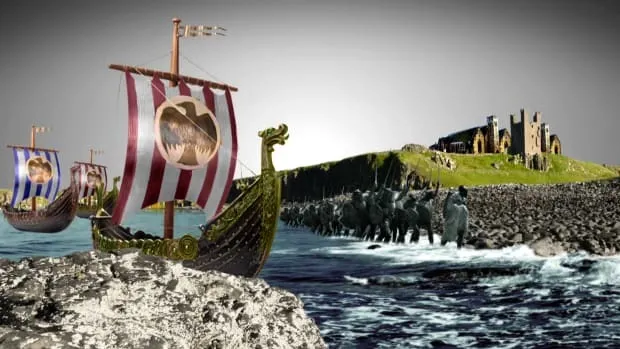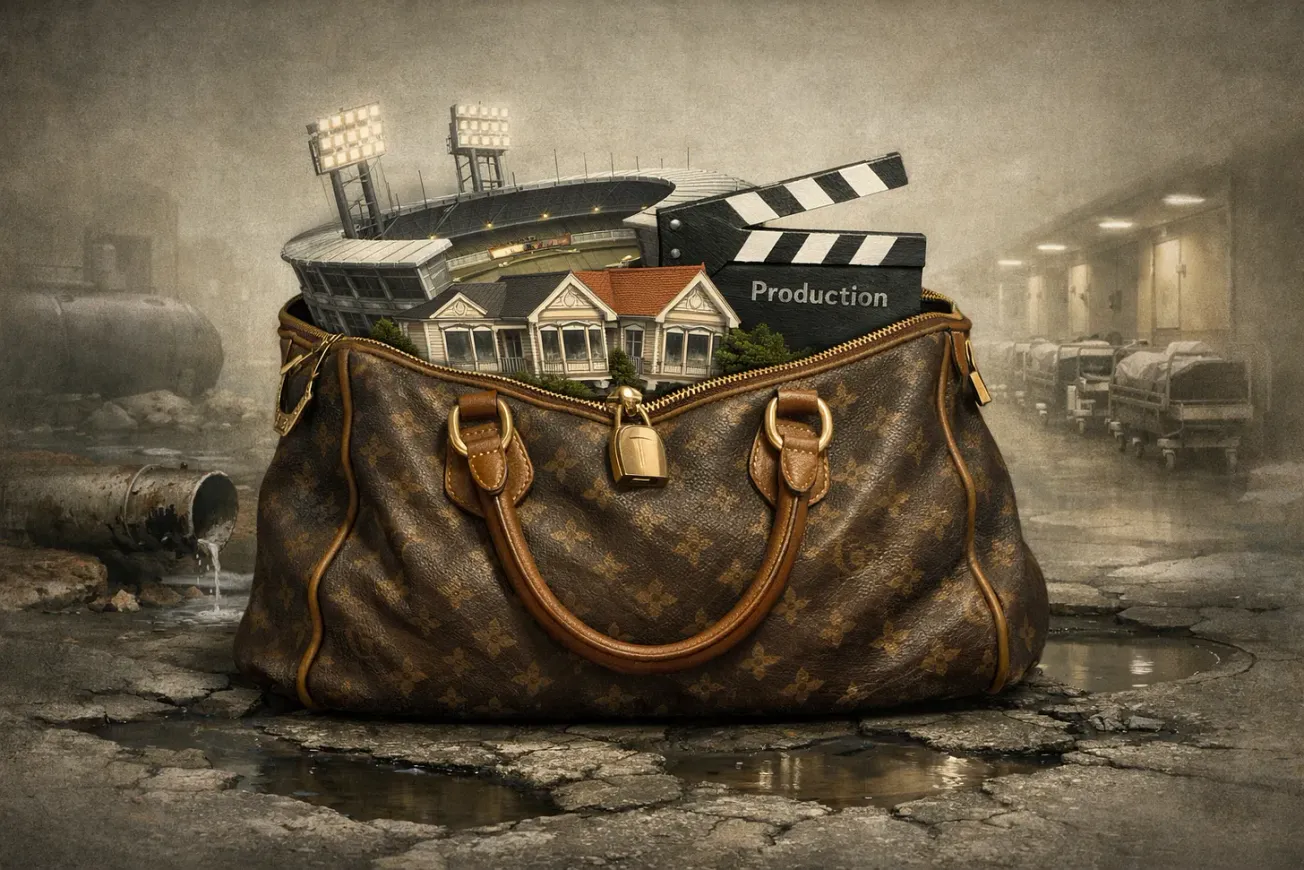Table of Contents
Viking: the very word conjures up images of brawny blond men with horned helmets and battle-axes, foaming at the mouth in beserk rage and pillaging and looting across Dark Ages Britain.
Although we tend have a pretty homogeneous concept of ‘Vikings’, not all the Scandinavian sea-raiders of the ninth and tenth centuries were quite the same. Some Scandinavians, like the Icelanders (who were originally Norwegian anyway) didn’t really ‘go Viking’ like their cousins, developing a more settled society instead.
But the people known as Vikings weren’t an entirely homogeneous mass of people.
There were Norwegian Vikings, Danish Vikings and Swedish Vikings.
This is a rough approximation, of course: it’s difficult to say with certainty which Vikings were what Vikings.
Firstly, documentation of the early Viking raids did not have many sources.
There are little to none written sources showing the early raids of the Vikings from these regions.
Secondly, the Vikings were not divided into states so it would be harder to identify where each tribe orginated from exactly.
The tribes and earldoms were in constant conflict which made it hard to follow who owned and occupied who.
Still, with some certainty, we can generalise somewhat about the three different kinds of Vikings.
The Danes were the OG Vikings. The Danes came to Western Europe to plunder, or at least to blackmail British and French kingdoms into paying the “Danegeld”. Nice little kingdom you ’ave ere… be a shame if it got pillaged or sumfink. After the Battle of Maldon, for instance, Aethelred paid off the raiders with 10,000 Roman pounds of silver. The Danes were quick learners: over the next few decades, they extorted tens of thousands of more pounds of silver, as well as cattle and other goods from British and French kingdoms.
The Danish Vikings, also known as Danes, were the most politically organized of the different types of Vikings. This is why Danish kings played a greater role in Viking invasions long before Norwegian/Swedish Vikings. The Danes were the strongest of the Norsemen both in political and military power.
They were also the first of the three to convert to Christianity (almost entirely by the end of ninth century).
But if the Danes were savvy and organised enough to be bought off, the Norwegians were something else entirely.
The Norwegian Vikings were utterly crazed warriors.
Almost all Vikings who used axes in combat were from the Norwegian part, as far as the archeological evidence allows.
The Norwegians were the best boat builders and sailors […] they were the most pioneering and adventurous; sailing to Iceland, Greenland and America.
The Swedes were almost civilised, by comparison. They were raiders, of course, but they were also explorers and traders.
The Swedes, then known as Varangians, or Rus stayed true to their pagan ways for the longest out of the three (until early 12th century).
They ventured to discover and pillage new lands in the east along the Volga and Dnieper rivers.
Their expeditions, however, were of a different sort than the Danes and Norwegians in the West.
They were excellent explorers and tradesmen, but simply not as violent as the other types of Vikings […] the goal of the Rus was primarily to trade (or so we think). They established long trade routes to the middle east and around the Black Sea.
About History
Still, no doubt such distinctions would have seemed pretty academic to Dark Ages peasants in Britain and on the coastlands of France. To them, the sight of longboats surely meant just one thing: run.









